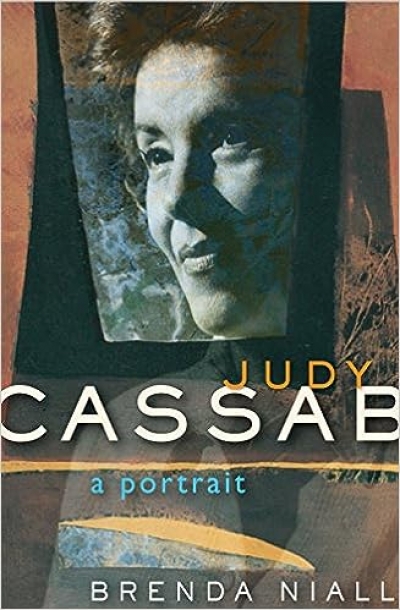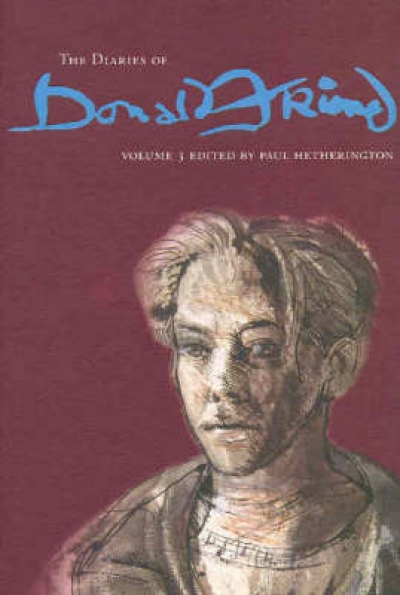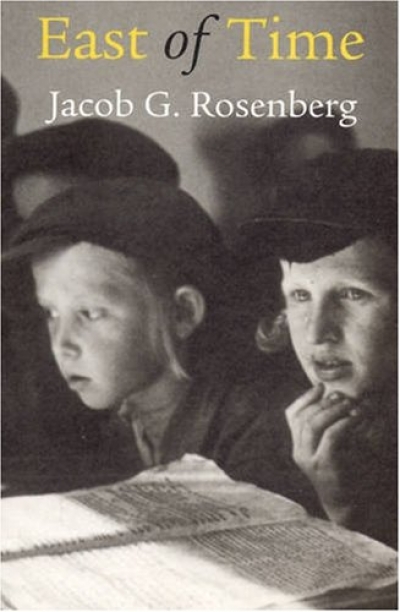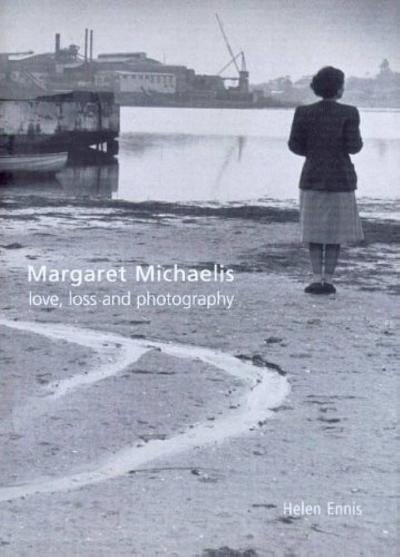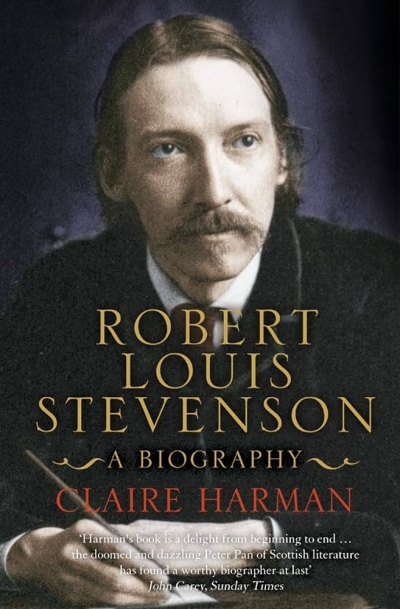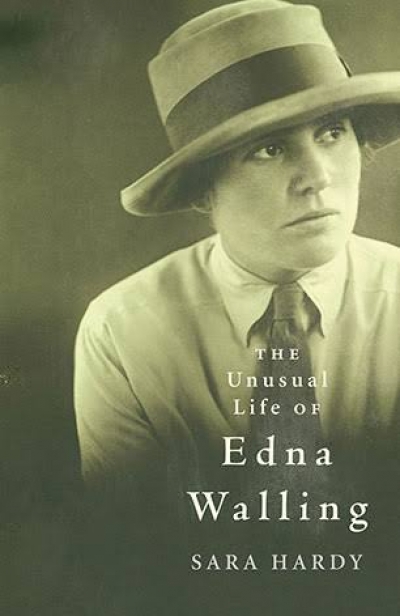Biography
The Comic Worlds of Peter Arno, William Steig, Charles Addams, and Saul Steinberg by Iain Topliss
by Robert Phiddian •
The Diaries of Donald Friend, Volume 3 edited by Paul Hetherington
by Ian Britain •
Margaret Michaelis: Love, loss and photography by Helen Ennis
by Evelyn Juers •
The Literary Larrikin: A critical biography of T.A.G. Hungerford by Michael Crouch
by David Hutchison •
Rivkin Unauthorised: The meteoric rise and tragic fall of an unorthodox money man by Andrew Main
by Philip Clark •



